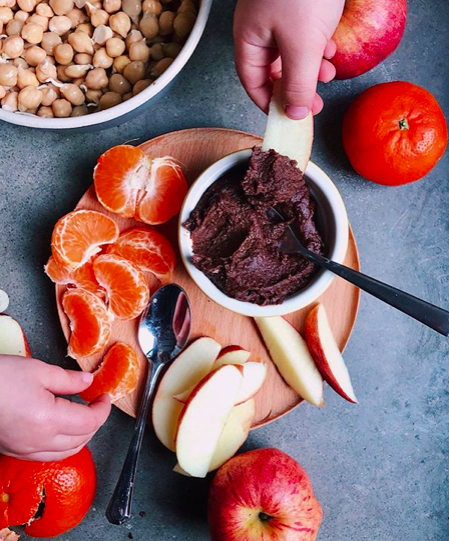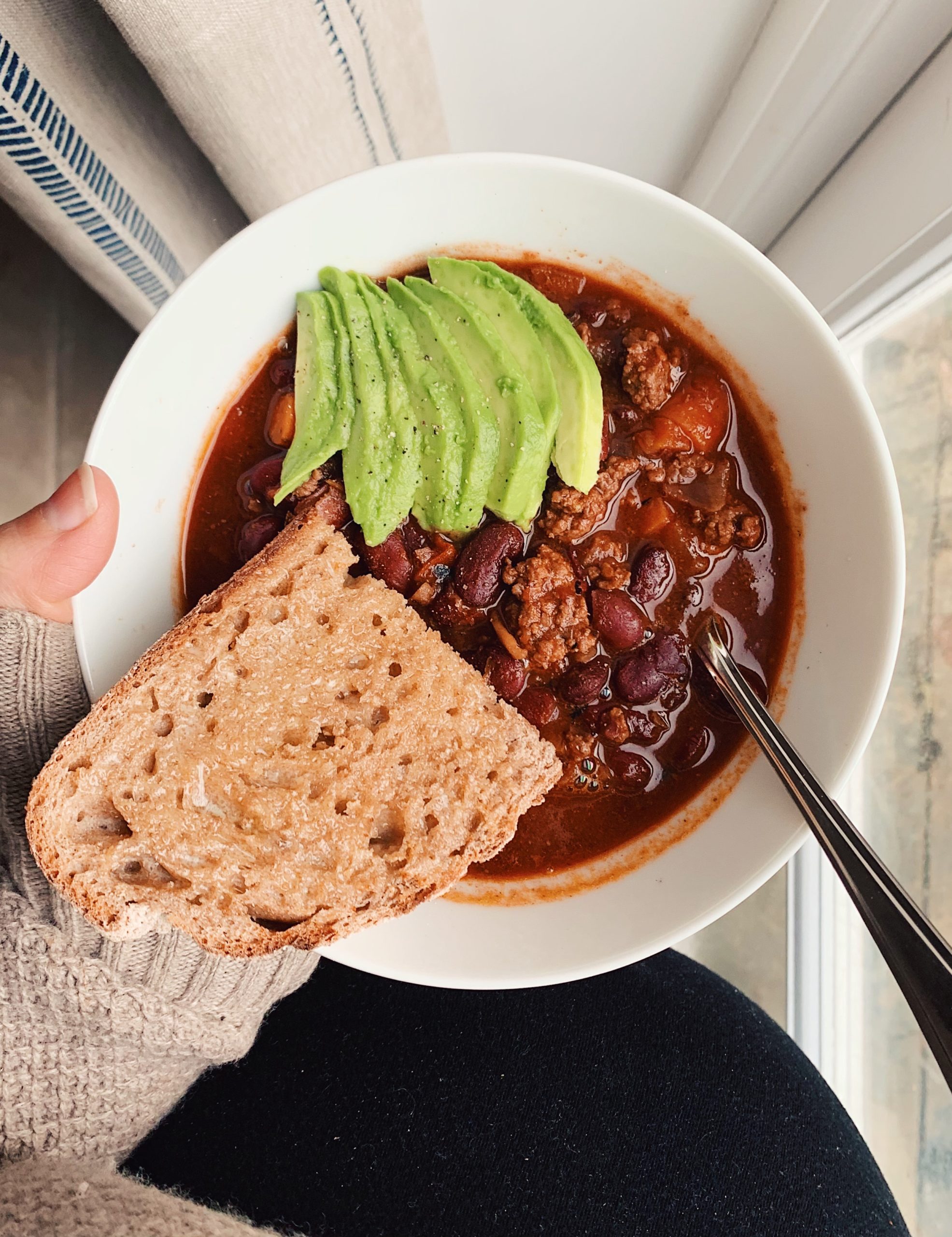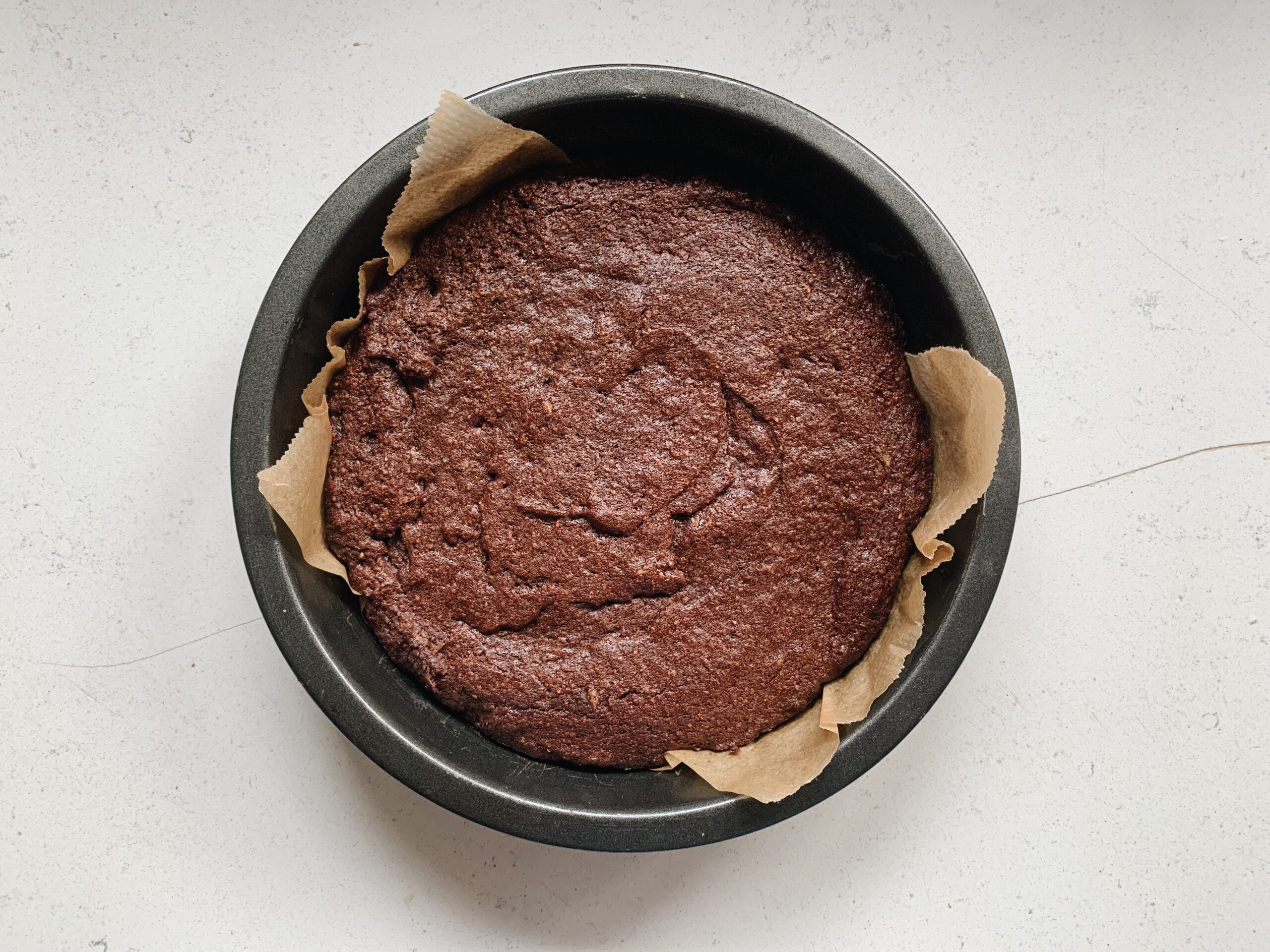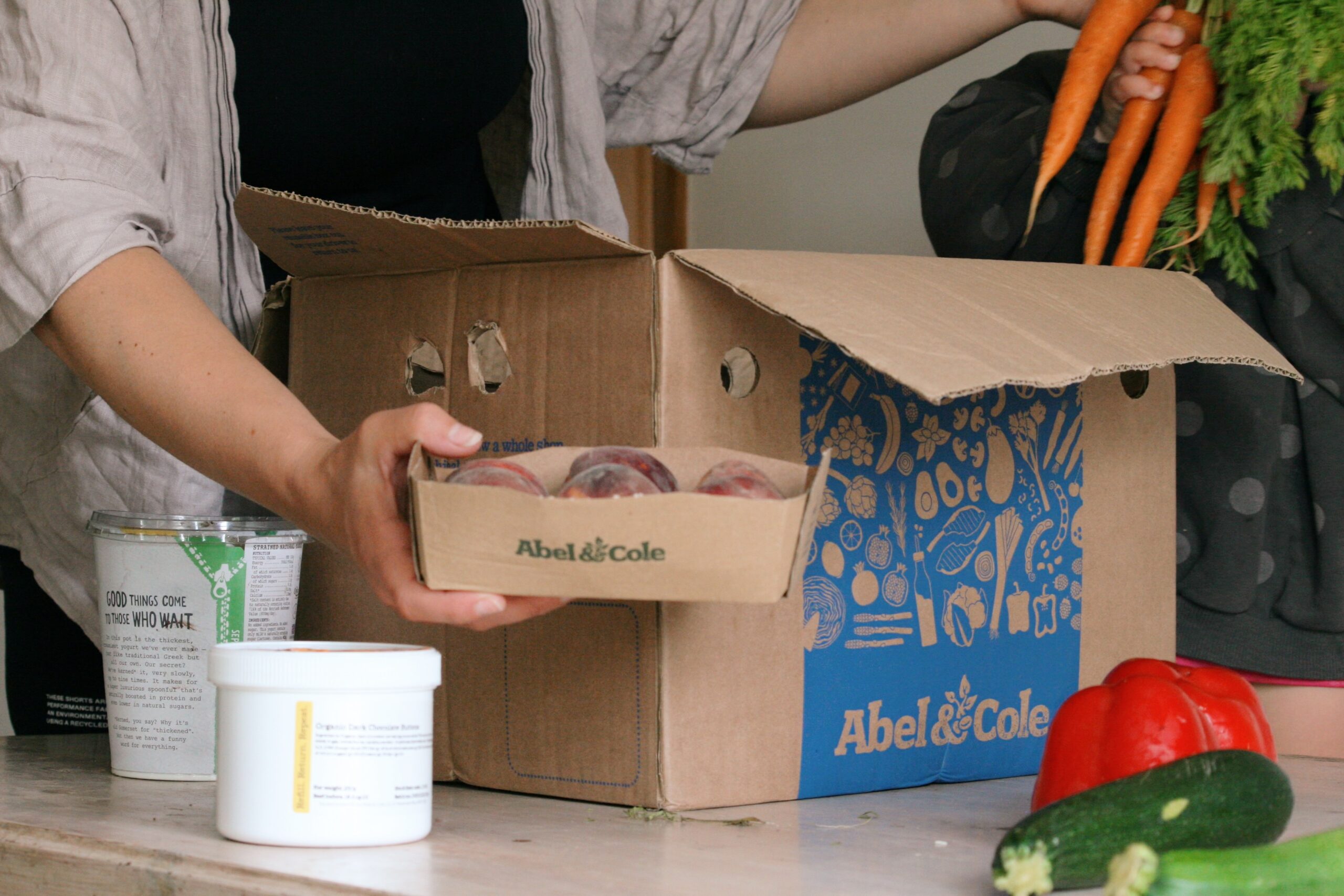How to food shop well on a budget! Part 1
Learning to shop the best you can on your food budget is hard work but so empowering!
I know we don’t all love it: Money and food can be so stressful. But knowing numbers and having some strategies to food shop on a budget (the budget YOU have) can bring such peace and security. So I LOVE talking about it.
Everyone’s budget and food budget is different. Some people are trying to stretch money to put food on the table, others are budgeting for certain eating values, others don’t really need to limit food spending much at all. This post are some principles to help you do the best with what you have. Personally these strategies have helped us spend (well) below the average amount where we’ve lived on both sides of the pond. But they’re not “hacks.” These are not keys that keep spending on budget with no work, but with work a lot is possible!
Where have we got these food budgeting strategies from?
The tips in this blog post and Part 2 are how our family of 5 has learned to maximise what we get from our budget over the last 10 years. Grocery spending was a huge pain point for us every week and month for a long time. We continually thought we were overspending. Sitting down to look at numbers we felt guilt, shame, frustration and didn’t communicate well. We fought.
But we weren’t even doing the first thing on the list below, which is actually really common. These points below are the core of how we lived in an average (food spending wise) American county but spent in the USDA’s lowest or “thrifty” category for years. Then in coming to England again, we eat on or below the average for our family size while eating organic, local, and as eco friendly as we can.
In both places, we haven’t had access to any wildly cheap shops, but it’s learning to follow these guidelines, and practicing and paying attention that’s shown us it really is possible. Easy? No, it takes work. But possible to learn to maximise our budgets? Yes.
Here are a few guiding principles and thoughts to help you!
1. ACTUALLY HAVE A FOOD BUDGET!
Yes, to stick to a budget you have a food budget. And you need to know that it really is your number and why. A lot of people don’t have a number that’s really strategic for them. Maybe you’ve pulled it from what you think it should be (that was us!) or your number is just what you usually spend, or maybe it’s arbitrarily a bit less than what you do spend. The number you need is one that fits within your wider income and spending.
It’s surprising how many people think they need to spend less but don’t know how much less they need to spend. You need a clearly defined budget to be able to stick to one.
For many countries you can find average spending for your household size based on various parameters. Obviously average figures are NOT what your spending should be based on, but they can be helpful to see once you know your budget, to see where you sit.
- Helpful national figures for average US food spending
- Helpful national figures for average UK food spending
2. TRACK SPENDING!
Now with a goal number, you need to know what you’re spending as you shop through the month. If you don’t use a cash system so you can literally see how much is left, keep and track all your receipts so you can see how you’re doing. This was you can adjust as needed. If we don’t know how much we’re spending in relation to a budget until the end of the month it’s much harder to spend on track. Have your number, track everything and then you’re powerful to adjust.
Online systems likeYou Need A Budget (they do a free trial so you can experiment for a month) can be a great way to track spending if you don’t want to use cash or manually track receipts. They do a free 34 day trial so you can try it out!
3. MAKE A MEAL PLAN!
It can feel like it takes time to make a meal plan but actually it’s just a redistribution of time. Have you stood in front of the cupboards wondering what to make? Or wondered what you can afford? I love a meal plan for removing that and keeping things simple. It helps you save time AND money in SO many different ways. When you know what’s coming up you can do things like soaking beans from dry, which is cheaper than buying a can of beans. You can fully use everything you’ve bought when you make a plan. And you can make sure that you shop for things that will keep your meals on budget.
4. WRITE A SHOPPING LIST FOR THE PLAN ONLY!
A plan and a budget mean nothing if they don’t dictate really careful shopping. When I’ve made my meal plan, I write my shopping list ensuring everything I’d be buying is going to get used. If needed, I adjust the plan as I write my shopping list. And then… stick to your plan as you shop.
Don’t off road from the list unless you know where you’ll use something and how it fits in your budget. Otherwise you’re buying extra food and something won’t get used!
Shopping with a plan also saves countless last minute trips to the store, so once again, your time. It might take you a tad more time initially but you’ll make it up within days with the time you save each day.
TIP: Shop with the meal plan in hand as well as your list. That if you see a deal or sale you can see how you can adjust the plan and list and what you can leave off, not just buy things hopefully cos they’re on sale. Or so you can pass if you realise it won’t actually save you!
5. STICK TO THE PLAN + DO A FRIDGE CHECK EVERY FEW DAYS!
After writing a plan, sticking to it is important so keep it prominent! But you also need to reassess because life happens, leftovers are left or not left, and things change.
So doing an assessment of my fridge every few days really helps me see what needs to be used and what I’ve missed and make sure I use it. It also helps me see what I’m buying that I’m not fully using – and I can learn and adjust the meal plan/shopping list. The average amount of waste per household has shocking figures in the US and the UK especially as the majority of people think they spend too much on food – a lot of us don’t need to work on spending less as much as first working on wasting less. That way we’ll automatically spend less.
CLICK HERE FOR PART 2 WITH OTHER PRACTICES THAT HELP US!
Just keep going!
It’s all an ongoing journey of practice and learning! Pick something you can implement today and take it on in your life. Then keep reassessing. It takes work, but if you want to get the most from your budget or spend less it really is worth it. We should all be budgeting whether it’s a need or doesn’t feel like a need. Money is powerful, and I truly believe in using it intentionally, wisely, and only using what we need. So let’s budget and budget well for our health, people and planet, and to do good!
OTHER POSTS YOU MIGHT ENJOY + HELPFUL LINKS:
Our go to weekly veg box (15% off your 1st and 4th boxes) – UK delivery
A great magnetic meal planner for the fridge to keep it visible (UK option)
A great magnetic meal planner for the fridge to keep it visible (US option)
My top US option for bulk flour, grains, and well priced organic simple staples (that we used to use) – Azure Standard
UK Fresh Food + Grocery Deliveries: 4 nationwide favourites compared






